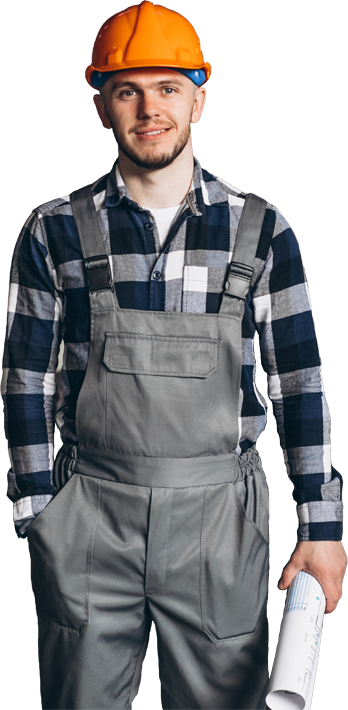Role of UV Stabilizers in Outdoor Applications
Role of UV Stabilizers in Outdoor Applications
In today’s plastic industry, one of the biggest challenges manufacturers face is how to protect materials that are constantly exposed to sunlight. Whether it’s agricultural films, outdoor furniture, automotive parts, or construction materials, plastic components used outdoors are vulnerable to damage from ultraviolet (UV) radiation. That’s where UV Stabilizers in Outdoor Applications come into play — helping extend product life, maintain appearance, and preserve mechanical strength even under harsh environmental conditions.
What Are UV Stabilizers?
UV stabilizers are chemical additives that protect plastic from degradation caused by exposure to ultraviolet light. When plastics are exposed to the sun, UV rays break down the chemical bonds in the polymer, leading to discoloration, brittleness, cracking, and eventually failure of the material. UV stabilizers are added to the plastic during production to prevent or slow down this degradation process.
There are different types of UV stabilizers, and each works differently:
-
UV Absorbers: These absorb harmful UV radiation and convert it into harmless heat.
-
Hindered Amine Light Stabilizers (HALS): These do not absorb UV light directly but deactivate the free radicals formed by UV exposure, stopping the degradation cycle.
-
Quenchers: These disperse the energy absorbed by the plastic molecules, reducing stress and potential damage.
By using these stabilizers, manufacturers can improve the durability and performance of plastic used in outdoor environments.
Why UV Stabilizers Matter in Outdoor Use
The outdoor environment is particularly harsh on plastic products. Constant exposure to sunlight, heat, humidity, and even air pollution can cause significant wear and tear over time. Plastics without UV stabilizers degrade much faster, which leads to shorter product life and higher maintenance or replacement costs.
Using UV Stabilizers in Outdoor Applications helps prevent:
-
Color fading: UV radiation can cause colors to fade quickly, reducing aesthetic value.
-
Loss of strength: Exposure weakens plastic, making it brittle and prone to cracking.
-
Surface chalking: UV damage can cause surface roughness or a powdery residue.
-
Deformation: UV exposure can lead to warping, especially in structural parts.
By incorporating UV stabilizers, you ensure the product maintains its appearance, strength, and function for a longer period — a crucial factor for industries that rely on long-lasting outdoor plastic products.
Industries That Rely on UV-Stabilized Plastics
UV stabilizers are used across many industries where plastic is exposed to outdoor environments:
1. Agriculture
Greenhouse films, irrigation pipes, mulch films, and shade nets are constantly exposed to sunlight. Without UV protection, these products can become brittle and unusable within a single growing season.
2. Construction
Plastic roofing sheets, siding, window profiles, and insulation panels require long-term UV protection to maintain performance and comply with building standards.
3. Automotive
Exterior plastic parts like bumpers, trims, side mirrors, and dashboards are exposed to direct sunlight daily. UV stabilizers ensure they stay strong and visually appealing for years.
4. Furniture and Decor
Outdoor furniture made from plastic or composites must withstand sunlight without cracking, fading, or losing structural integrity.
The common factor among these applications is the need for durability — something UV Stabilizers in Outdoor Applications are designed to deliver.
How to Choose the Right UV Stabilizer
Selecting the correct UV stabilizer depends on several factors, including:
-
Type of polymer: Not all stabilizers are compatible with every plastic. For example, what works for polypropylene (PP) might not suit polyethylene (PE) or polyvinyl chloride (PVC).
-
End-use location: Products used in tropical climates need stronger UV protection than those used in mild climates.
-
Expected lifespan: Some applications may need stability for just a season, while others require years of exposure resistance.
-
Product thickness: Thicker products might absorb UV better naturally, but thinner films and sheets require more powerful additives.
-
Cost vs performance: High-performance stabilizers can be more expensive, but they often pay off in product life and quality assurance.
Working with an experienced masterbatch or additive supplier can help tailor the right stabilizer system for your specific needs.
Benefits of Using UV Stabilizers
The advantages of using UV stabilizers in plastic manufacturing are numerous:
-
Extended product life
-
Maintained color and appearance
-
Reduced cracking and surface damage
-
Improved weatherability
-
Lower maintenance and replacement costs
All these benefits translate into higher customer satisfaction, better brand reputation, and lower environmental impact due to fewer replacements and waste.
Conclusion
As the demand for durable and long-lasting plastic products grows, especially in outdoor environments, the importance of UV Stabilizers in Outdoor Applications cannot be overstated. These additives serve as a shield against the sun, protecting products from early aging, fading, and damage. By choosing the right stabilizer for your application, you not only enhance product performance but also deliver long-term value to your customers.
Whether you’re in agriculture, construction, automotive, or consumer goods, investing in UV stabilization is a smart move toward quality, sustainability, and cost-effectiveness.

